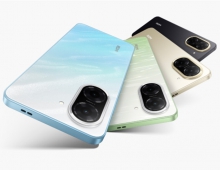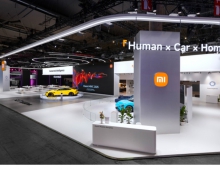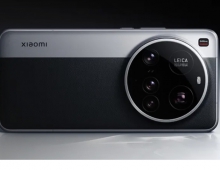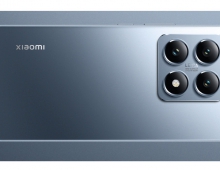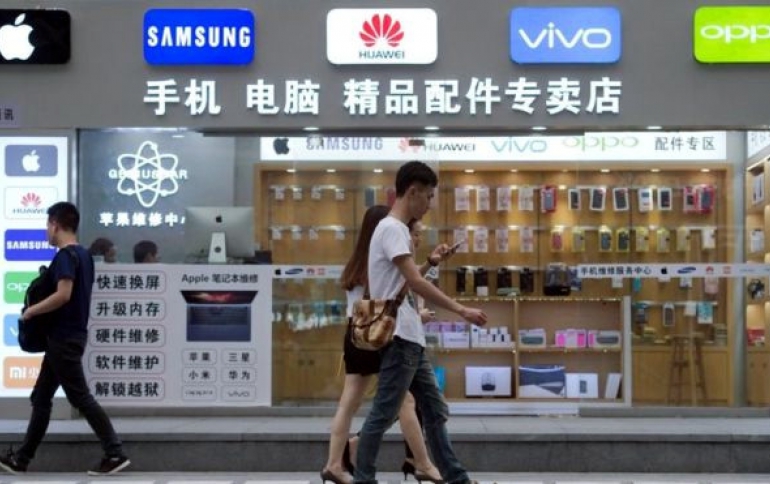
China’s Smartphone Market Falls 14 Percent in 2018
In 2018, smartphone shipments in China fell to their lowest level since 2013, at 396 million units, according to Canalys.
The natural slowdown as consumers keep their smartphones for longer is one factor, but it has been amplified considerably by the economic slowdown in China and consumers’ weakened purchasing power. The latest quarter, Q4 2018, marked a 15% year-on-year drop, and the seventh consecutive quarter of decline, Canalys said.
As shipments tumble, the market is rapidly consolidating. The top five smartphone vendors’ market share has increased from 73% in 2017 to 88% in 2018. Among them, Huawei and Vivo bucked the overall market decline, and grew 16% and 9% respectively. Oppo managed to hold onto second place, falling 2% but growing market share. Xiaomi ranked fourth, as a disappointing second half caused its full-year shipments to fall by 6%. Apple stayed in fifth place with a 13% decline in 2018. It still out-performed the market, but this was the worst growth rate in the top five, and Apple’s third consecutive year of shipment decline in China.

Huawei achieved a record market share of 27% in 2018, with 105 million shipments. “Huawei has penetrated the high-end with technological innovations, and a strengthening brand, which has helped it markedly extend its lead in China,” said Mo Jia, an Analyst based in Canalys’ Shanghai Office. “Its dual-brand strategy has been a huge success, with sub-brand Honor helping it cover a broad range of price bands. China continues to be a strong foundation for Huawei, and its launchpad for overseas expansion as Huawei aims to challenge Samsung for global leadership in 2019.”
“Vivo’s market position has changed significantly,” said Yiting Guan, a Research Analyst at Canalys. “Vivo now has a more streamlined portfolio of devices, with a diversified Y-series, the online-only Z-series and the experimental Nex. It has also benefited from a strategy to improve the efficiency of its retail channels. The stabilizing renminbi/US dollar exchange rate will help Vivo, which has a greater reliance on its domestic market than its rivals in the top five.”
Xiaomi, which has developed rapidly in overseas markets, failed to grow in China. “Xiaomi tried to increase its average selling price in China. It has decided to make Redmi an independent sub-brand designed to directly compete with Honor. Xiaomi’s challenge in 2019 will be to accurately position the two brands, in terms of product, pricing and channels, so that they complement and do not cannibalize one another. If each brand can redefine its positioning well, each will achieve greater market share in 2019,” said Guan.
Apple had the toughest year of the top five, with shipments falling 13%, as customers were deterred by the high pricing of its new iPhone. In addition, models such as iPhone 7 and 8 did not see significant uplift in China, even after prices were lowered after the launch of the iPhone XS. “Apple has several challenges in China, and the growing power of competitors is not actually its biggest,” said Jia. “As its services division becomes more important in China, it is vital for Apple to maintain or grow its installed base of iOS users. Apple must re-examine its China strategy, and find a way to revive its high-end brand image, in order to align with the purchasing behavior of local middle-class and upper-class demographics.”
Leading manufacturers will have even less breathing space in 2019, as Canalys expects the Chinese smartphone market to fall by 3% to 385 million units. Amid these conditions, 2019 will mark the beginning of the 5G era in China, as manufacturers prepare to release 5G devices and operators start to roll out their commercial 5G networks. Consumption in China is shifting toward high-end and higher quality. As a result, the average selling price of smartphones is expected to exceed US$400 in 2021.


